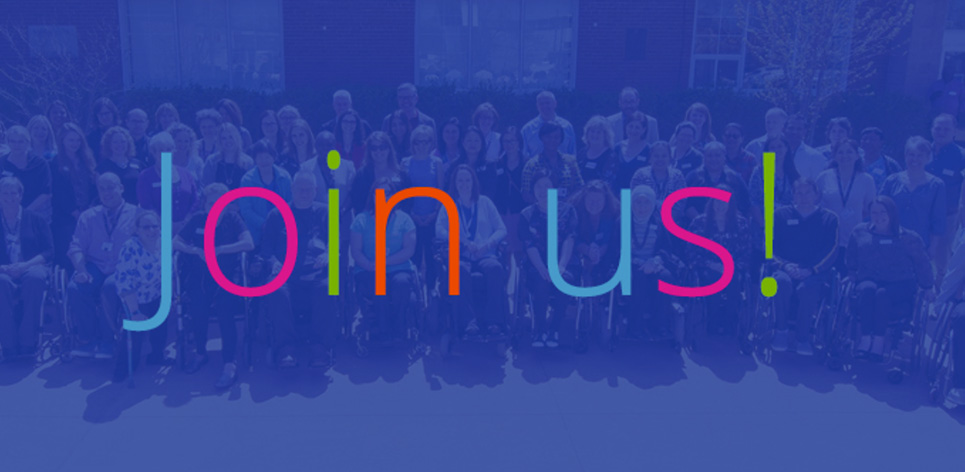Saleh Sheihk has lived in Canada since 2020. Born in Saudi Arabia, he lived in Egypt for many years, navigating life with an SCI – barriers and inaccessible spaces are not new to him.
“I came to Canada at the height of COVID, so a lot of things were shut down, and I had lots of time to learn and practice English,” he shares, “I landed on my wheels.”
He spent 14 months at a shelter and was told that the waitlist for a modified unit with elevator access was six to seven years. Shortly after, he found a building in Regent Park with wide doors. Desperate and well aware that the government housing list would be too long, he rented a unit in the private condo building.
“I took a course on accessibility to learn what it all meant and to educate myself,” says Saleh, “I quickly learned there is a major lack of private market options.”
Although Saleh’s current housing has some accessible features, such as wider doors, his kitchen is built for standing level, making it impossible to wheel under the sink or stove. Burn injuries and other mishaps due to inaccessibility are part of Saleh’s normal – just last year, he broke his femur.
“I used to cook a lot, but I rarely do it anymore because I hurt myself so much,” he shares, “I often have to choose between an injury that lasts two weeks or two months.”
Saleh had an opportunity to see an accessible unit several times and was surprised at how easy it was to wheel under the stove safely and have easy access to the kitchen. Selah shared that it felt like finding a vest that fits you perfectly: “Yes, this is how it should be.” It’s like when you buy a pair of shoes, and you think, “How did I live without this all this time? It can save your life.”
He shares that having lived in many countries, he is used to not having accessibility in addition to regular bodily injuries. However, Canada, of all places, can and should do better than this. Sadly, Saleh is not the only one lacking a safe, accessible home. People as young as 24 are often sent to long-term care because there are not enough accessible homes.
“I would rather stay in this unit that is not fully accessible than live in a retirement home. Community is important to me – I do tons of outreach and am involved in many things,” says Saleh. “In long-term care, you stay inside until you pass away, and it is not an ideal way to live. It’s like being put in a box and very isolating. You have the same routine every day, and it’s like a way of reinforcing that it is not okay to have a disability or use a wheelchair – you’re told what to do, what to eat when to eat, and you’re away from the rest of society even though you know you are capable of participating. I know Canada is better than this.”
Currently, Saleh relies on friends and neighbours to assist him with tasks at home, like reaching things from cabinets. While injuries are a regular part of his life, he fears that they may become more catastrophic. “If that’s not enough for Canada to prioritize accessible housing, then what is?” Asks Saleh.
Saleh strongly suggests that at least 25% of homes should be accessibly built from the start. With more seniors and people with disabilities, the demand for accessible homes will only continue to increase.
Moreover, Saleh shares that there is no clarity about who is responsible for accessible housing – even if people want to share their experiences or concerns, they often do not know who to contact.
“It’s important to include all disabilities in housing, not just physical ones,” he says. “I need things on my level because I’m in a wheelchair, but someone with visual disabilities may need something totally different.”
SCIO, along with other disability organizations, developers, researchers and people with lived experience like Saleh, is engaging in an accessible housing strategy to create more living options for the disability community.
You can read our directional report here to learn about what has been achieved so far.
As Saleh notes, “We are all going to be seniors and disabled one day, so why not build for that to begin with?”


